Optical Image Stabilization (OIS) is one feature that many smartphones have these days. In fact, some brands even use this feature as a selling point. Although OIS is very common, there are also different image stabilization solutions that bring different stabilization effects. In addition to the field-proven lens OIS, there are also other alternatives. The alternatives are Oppo's suspension image stabilization, Apple's sensor displacement image stabilization, and Vivo's micro-gimbal image stabilization. What is the difference between these image stabilization? What kind of experience changes do they bring?
Why do you need OIS optical image stabilization?
First of all, let's understand why a smartphone imaging system needs optical image stabilization. Usually, when we use a smartphone to shoot, the light will enter the sensor through the lens, and it will produce the image after the sensor captures it. Generally, when we shoot with a mobile phone, an unavoidable camera shake will occur. This may cause the sensor to receive different light at the same position and superimpose. This results in a blurry final image.
You can easily experience the problems caused by camera shake in low-light shooting scenes. When shooting at night, if you were using a phone without OIS, you would find that the photos taken were easily blurred. This is because, in low-light environments, the mobile phone usually reduces the shutter speed to obtain a larger amount of light. This is equivalent to amplifying the problem caused by jitter. At this time, a slight jitter can easily lead to blurry images.
In addition to photos, body shakes will also affect shooting videos. The camera shake will reduce the continuous stability of the video image, especially in some shooting scenes with severe shaking. Excessive screen shake will make the video quality plummet, and even the video content will be blurry.
The appearance of optical image stabilization is to improve the imaging problem due to body shaking. To put it simply, optical image stabilization will use the body shake displacement information to make the anti-shake module move in the opposite direction to offset the shake. This effectively suppresses the impact of shake on mobile phone imaging.
Mainstream smartphone brands have developed different anti-shake solutions. The top 3 of these are micro gimbal anti-shake, sensor displacement anti-shake, and suspension stabilization.
1. Apple's sensor displacement optical image stabilization
On the iPhone 12 Pro Max released in 2020, the relatively rare sensor-displacement optical image stabilization was used for the first time. The implementation of this image stabilization method is different from that of lens optical image stabilization.
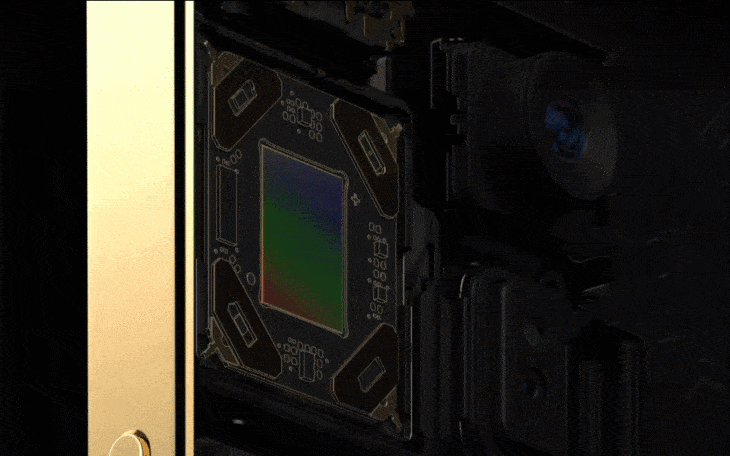
Sensor-displacement optical anti-shake is to suppress the body shake by moving the mobile phone sensor. This also let the shaking light path fall to the original position. Because it is the sensor that needs to be moved, there is no need to worry about the refraction of light from the lens. Compared with the bulky lens module, it is relatively easier to move the sensor, which can achieve a more flexible and agile movement response. This eventually improves the anti-shake performance.
For example, the sensor-displacement optical anti-shake used in the iPhone 12 Pro Max can achieve 5,000 anti-shake adjustments per second. It also has a better anti-shake effect in high-speed jitter scenes.
2. Oppo's suspension stabilization
Oppo Find X5 Pro comes with a new suspension stabilization function for the first time. It is easy to understand Oppo's suspension stabilization. Oppo's suspension image stabilization is the combination of the regular lens optical image stabilization + sensor displacement image stabilization. This is equivalent to a dual OIS - the actual image stabilization effect will naturally improve significantly. However, the suspension stabilization is slightly different from Apple's sensor displacement.
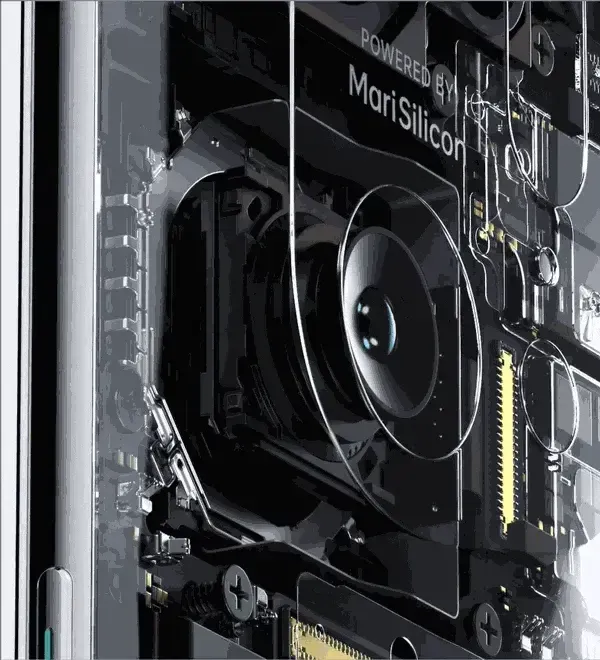
Oppo's suspension image stabilization has added the rotation image stabilization function. Through the rotation sensor, it can more effectively suppress the rotation shake of the fuselage and improve the image stabilization effect of different shaking scenes.
This will split the jitter in different directions, amplitudes and frequencies of the body. It will also distribute jitter compensation of the lens and sensor through an algorithm. However, in order to achieve more complex optical image stabilization, the overall lens module volume will significantly increase.
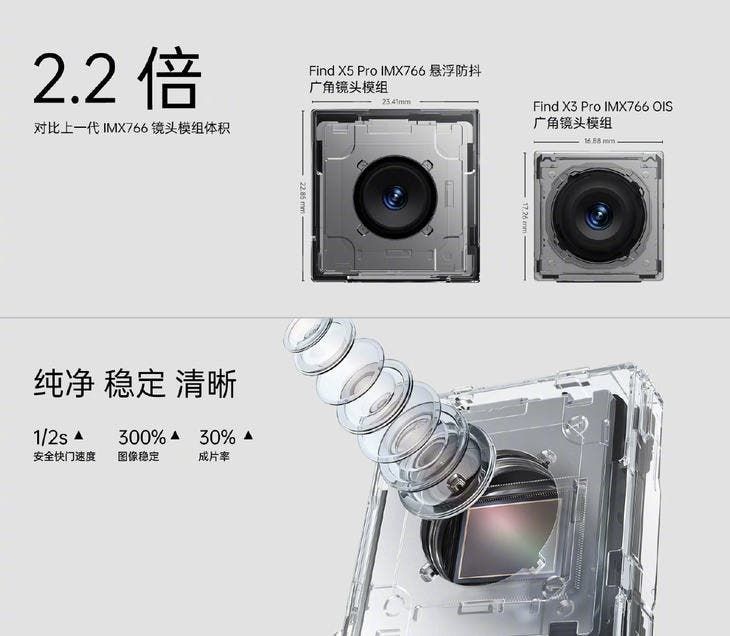
The more complex suspension image stabilization brings obvious advantages. The stability of the Oppo Find X5 Pro suspension image stabilization is 3 times that of the previous generation. Also, the safety shutter directly increases to 1/2 second. This means that it can seamlessly capture more stable videos.
3. Vivo's micro gimbal anti-shake
Vivo also has a new optical anti-shake solution - a micro gimbal anti-shake. The micro gimbal anti-shake solution has already been implemented in Vivo mobile phones. The optical image stabilization methods above all have one thing in common. The lens module and the sensor do not move as a whole for image stabilization but move separately. This anti-shake method may reduce the image quality of the edge of the picture and affect the video quality.
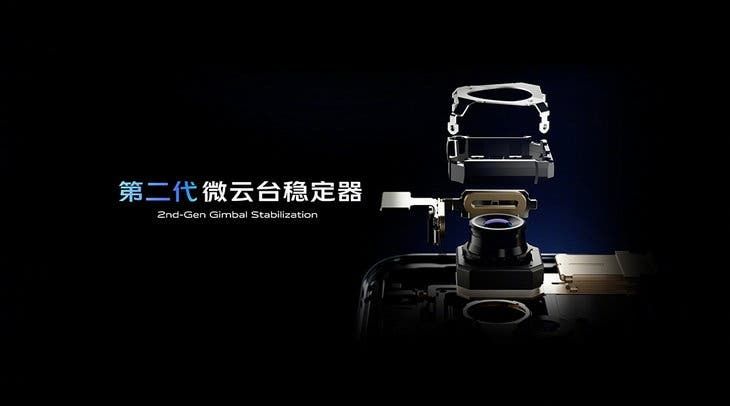
The micro gimbal binds the lens module and the sensor together, which is an anti-shake method for the overall movement of the lens module and the sensor, improving the problem of blurry edges of the picture. The overall picture stabilization effect has higher consistency. The movement limit of the micro gimbal anti-shake is relatively smaller. This brings a better anti-shake effect and supports 5-axis VIS video anti-shake. Of course, the micro-gimbal anti-shake solution will also occupy a relatively large internal space. Furthermore, the technical requirements are also extremely high.
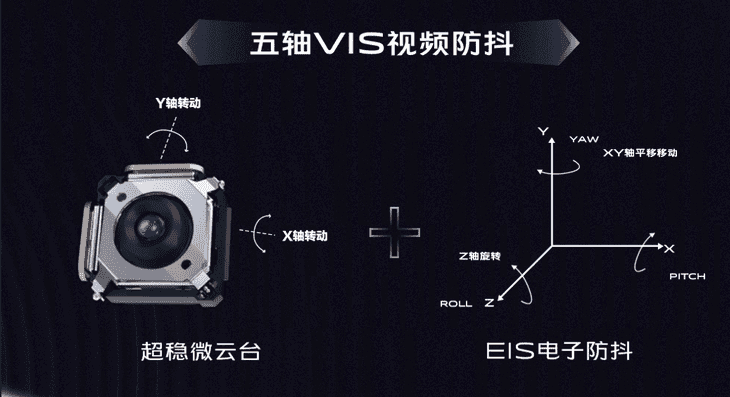
Conclusion
Hand-held shooting scenes will basically have unavoidable shaking. Therefore, in order to improve the imaging effect of the imaging system, it is still necessary to upgrade the anti-shake. We can also see that the OIS anti-shake technology of mobile phones is making continuous breakthroughs. Better optical image stabilization can not only improve the image quality of photos in a dark environment but also bring more stable video images. This further improves the overall performance of the imaging system.
At present, the mainstream optical image stabilization of mobile phones is still mainly based on lens optical image stabilization. In recent years, suspension image stabilization, sensor displacement image stabilization, and micro gimbal anti-shake image stabilization that are on smartphones are also OIS. Innovative breakthroughs bring larger anti-shake angles, higher-quality anti-shake images, and more agile anti-shake responses. This allows mobile phones to cope with more demanding jitter scenes.
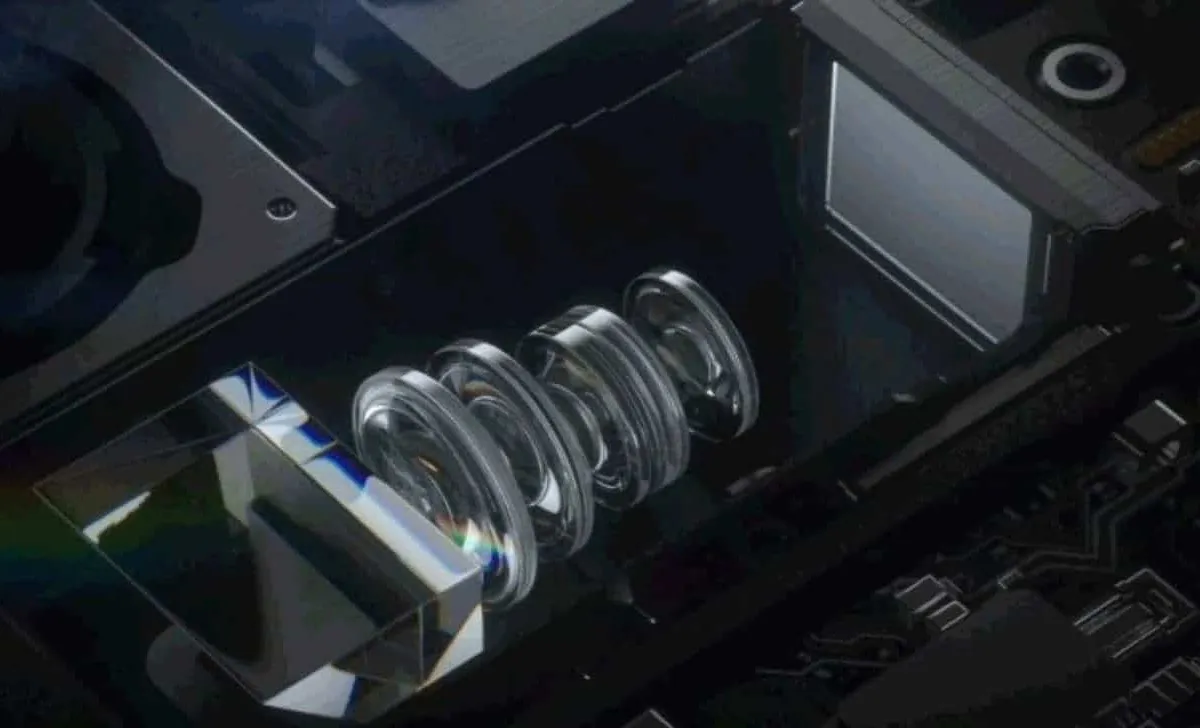





Place comments
0 Comments
You are currently seeing only the comments you are notified about, if you want to see all comments from this post, click the button below.
Show all comments